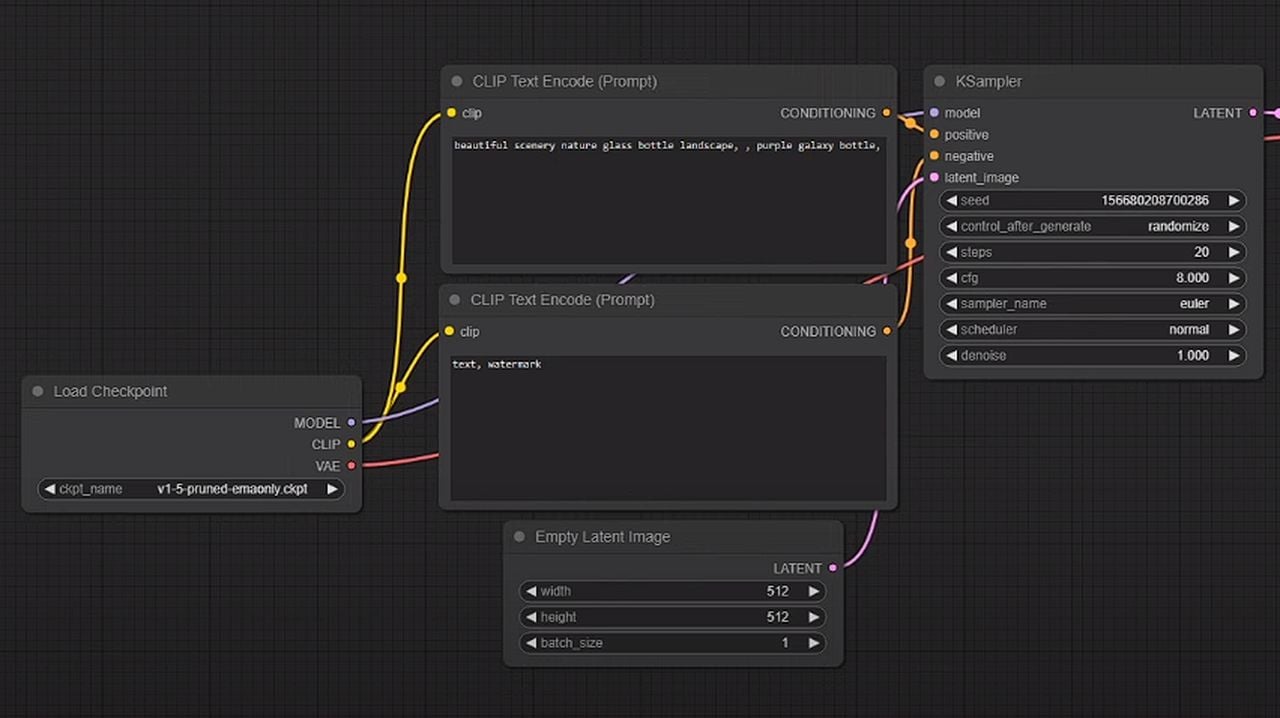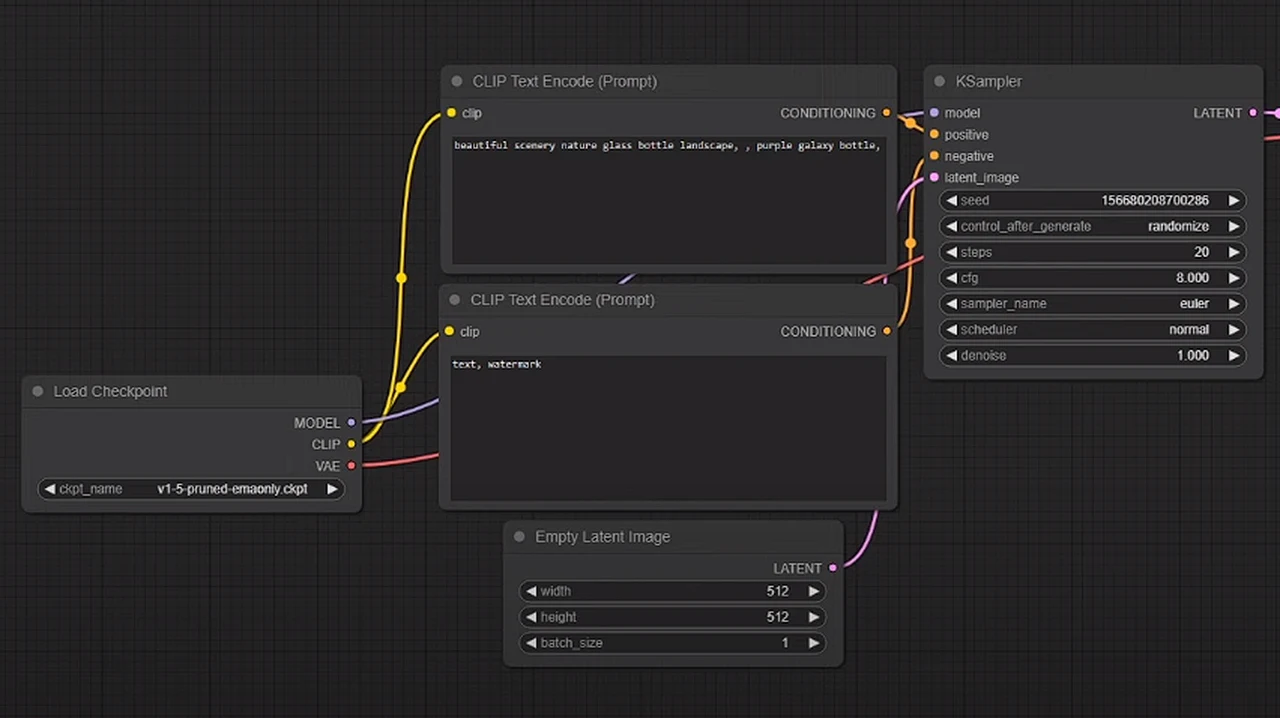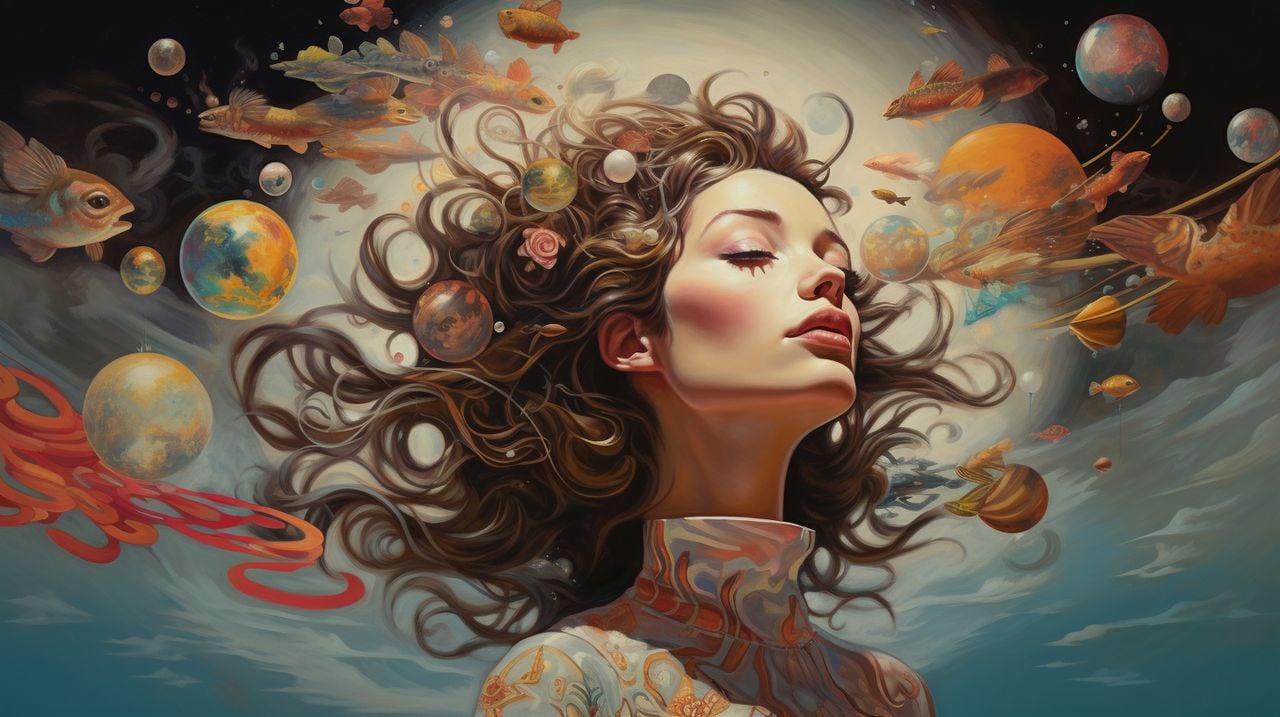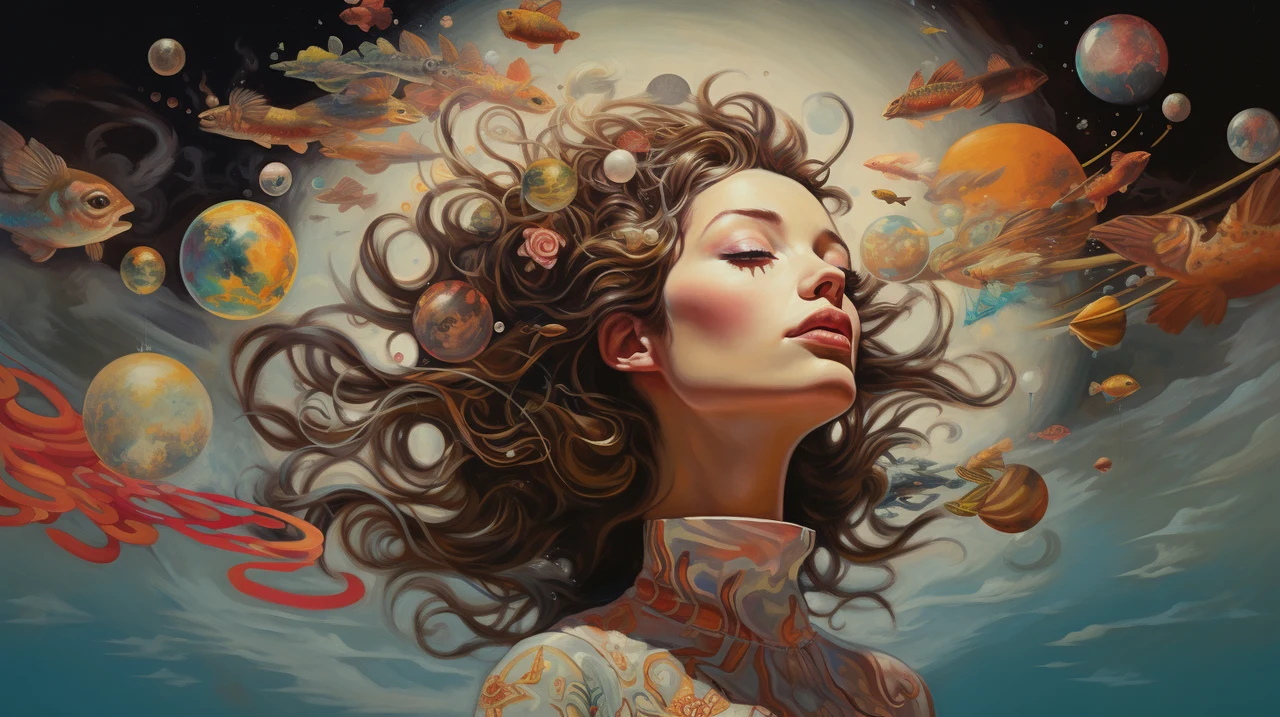
The emergence of AI Instagram influencers is capturing the imagination of users worldwide and providing an easy way to harness the power of artificial intelligence to create AI pictures. These digital personalities are not just a novelty; they’re a testament to the blend of technology and creativity. If you’re intrigued by the idea of creating a virtual influencer for your brand or business, ComfyUI is a platform that simplifies this process. This guide will walk you through the steps to craft a realistic AI character that can charm and engage an Instagram audience.
To start, you’ll need to define your AI influencer’s identity. ComfyUI’s user-friendly interface for Stable Diffusion helps you create a consistent and recognizable character. Even if you’re a newcomer to AI, the platform’s tools are designed to be intuitive. Once you’ve installed the necessary ComfyUI extensions, you can begin to shape your influencer’s unique look. One of the main areas you will need to concentrate on is keeping the consistency of character using the same face throughout all your images. Wherever your AI influence may be posed.
How to create an AI influencer
The next step is to enhance the realism of your AI character. ComfyUI’s advanced settings, like the SDXL and K sampler, allow you to adjust features and textures to give your influencer a lifelike appearance. This attention to detail is crucial for standing out in the crowded realm of social media. A sharp and detailed image is key to making an impact on Instagram. Use ComfyUI’s Ultimate SD Upscale feature to refine your character’s facial details. This ensures that your posts are clear and engaging, no matter the device or screen resolution they’re viewed on.
Here are some other articles you may find of interest on the subject of AI art generators.
Consistency is vital when it comes to building a recognizable influencer. The IP adapter and Control Net features in ComfyUI help stabilize your AI’s appearance across posts. This consistency fosters a sense of trust and familiarity with your audience. Styling your AI influencer is where you can get creative. ComfyUI’s masking tools let you dress your character in various outfits and accessories. Adjusting the IP adapter weights can help convey your influencer’s fashion sense and personality, keeping your content fresh and dynamic.
When it comes to Instagram, the format of your content matters. ComfyUI enables you to tailor your images to fit perfectly, whether you’re going for a close-up or a full-body shot. This helps you present your AI influencer in the best possible way.Body language is another aspect that can make your AI influencer more relatable. OpenPose, a sophisticated pose recognition tool available in ComfyUI, can help you create natural and engaging poses that resonate with your audience.
To keep your content interesting, it’s important to experiment with emotions and styles. ComfyUI allows you to adjust expressions and outfits easily, ensuring a variety of posts that reflect different moods and occasions.High-resolution images are a must for Instagram users who love visually appealing content. Once you’re satisfied with your AI influencer’s look, upscale your images to meet these high standards.
Lastly, varying the backgrounds and settings of your posts can add excitement to your content. While it’s important to maintain consistency in personality and style, changing up the environment can keep your audience engaged.
Things to consider when making an AI influencer
Creating an AI-generated Instagram influencer involves several key considerations:
- Consistency in Visual Identity: The influencer should have a consistent visual identity, including facial features, style, and overall aesthetic. This consistency is crucial for brand recognition and audience engagement. Using AI art image generators, ensure that the facial features and style remain uniform across various posts.
- Brand Alignment: The influencer’s content should align with the brand or business they are promoting. This means not only the visual style but also the values and message conveyed. The AI-generated content should resonate with the target audience of the brand.
- Authenticity and Relatability: Despite being AI-generated, the influencer should project a sense of authenticity and relatability. This can be achieved through storytelling, engaging captions, and content that connects with followers on a personal level.
- Diversity and Inclusivity: It’s important to consider diversity and inclusivity in the influencer’s representation. This includes being mindful of cultural sensitivities and avoiding stereotypes.
- Legal and Ethical Considerations: Disclosing the AI-nature of the influencer is crucial to maintain transparency and trust with the audience. Additionally, ensuring that the AI-generated content does not infringe on copyrights or personal rights is essential.
- Engagement Strategies: The AI should be programmed to interact with followers in a way that feels natural and engaging. This includes responding to comments, liking posts, and possibly even engaging in direct messages, all within ethical boundaries.
- Content Variety: The influencer should post a mix of content types, such as images, videos, stories, and reels, to keep the audience engaged and interested.
- Data-Driven Insights: Utilize analytics to understand audience preferences and engagement patterns. This data can guide content creation and posting schedules for optimal impact.
- Adaptability: The AI should be capable of adapting to changing trends and audience preferences. This includes updating the influencer’s style, content types, and engagement strategies.
- Long-Term Strategy: Consider the long-term goals and sustainability of the AI influencer. This includes planning for content evolution, maintaining audience interest, and adapting to potential changes in social media algorithms and platforms.
By following these steps with ComfyUI, you can create an AI influencer that is not only realistic but also capable of forming a genuine connection with followers. Precision, consistency, and a keen eye for detail are the ingredients for bringing your virtual character to life and making a lasting impact on the Instagram. Era some other guides on creating images with consistent facial features and styles.
Filed Under: Guides, Top News
Latest timeswonderful Deals
Disclosure: Some of our articles include affiliate links. If you buy something through one of these links, timeswonderful may earn an affiliate commission. Learn about our Disclosure Policy.







